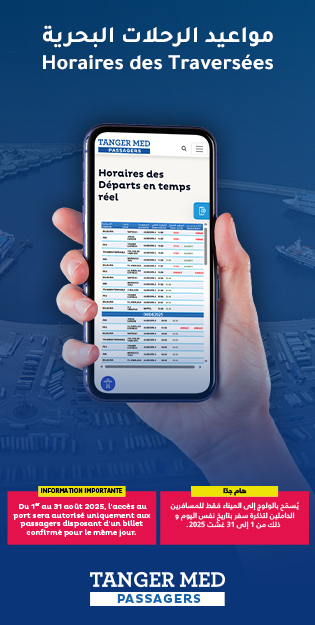Travelers to European countries are currently facing a growing crisis related to Schengen visas. Obtaining a European visa has become more complex, particularly for citizens of countries like Morocco.
Challenges include long processing delays, a significant increase in denial rates, and the introduction of a new border monitoring system known as the European Entry/Exit System (EES).
Increase in Denial Rates for Moroccans
An increasing number of Moroccans are facing clear difficulties in obtaining Schengen visas, with denial rates exceeding 35% in some cases. This reflects a rise in restrictions imposed on citizens of the kingdom. Additionally, applicants are experiencing long waiting periods for appointment bookings, disrupting travel plans for tourism, professional, or family reasons.
This issue arises amid a notable spike in applications submitted to European consulates, especially during the summer season. In several European countries like Germany, visa processing times have risen to between 20 and 30 working days, while appointments in some cities are booked months in advance.
These delays exacerbate the challenges faced by travelers from countries where obtaining a Schengen visa is inherently difficult.
New System Complicates Travel Procedures
The European Entry/Exit System (EES) came into effect on October 12, marking a fundamental change in how non-Europeans enter the Schengen area. Under this system, travelers are required to provide biometric data, including fingerprints and facial photos, upon each entry and exit from Schengen countries.
While the system aims to enhance security and streamline procedures in the long term, it has led to congestion at borders, with wait times reaching up to three hours at Brussels Airport due to a limited number of available electronic kiosks. This has adversely affected flight schedules, particularly for travelers relying on connecting flights.
Heightened Security Within the Schengen Area
Due to security challenges and immigration pressures, some European countries have reinstated internal border controls within Schengen states. Countries such as Austria, Italy, the Netherlands, and Slovenia have extended these measures until the end of 2025, while France, Germany, Denmark, and Sweden will continue them until Spring 2026.
These measures directly impact the flow of movement within Europe and complicate travel plans, especially for Moroccan visitors accustomed to moving between multiple countries during their trips.
Tips to Avoid Denial or Delays
Experts and Moroccan travelers recommend several steps to avoid potential issues:
-
Apply Early: Submit a Schengen visa application at least two months before the travel date to avoid losing flight or hotel reservations.
-
Prepare Accurate Files: Ensure all required documents are complete, including travel itineraries, proof of accommodation, and health insurance.
-
Follow Latest Updates: Travelers should keep abreast of updates regarding European border procedures and appointment availability on official consulate or visa center websites.
For more updates, follow Tanja7 on our Facebook page and on Instagram, as well as on X and the Nabd app.
















